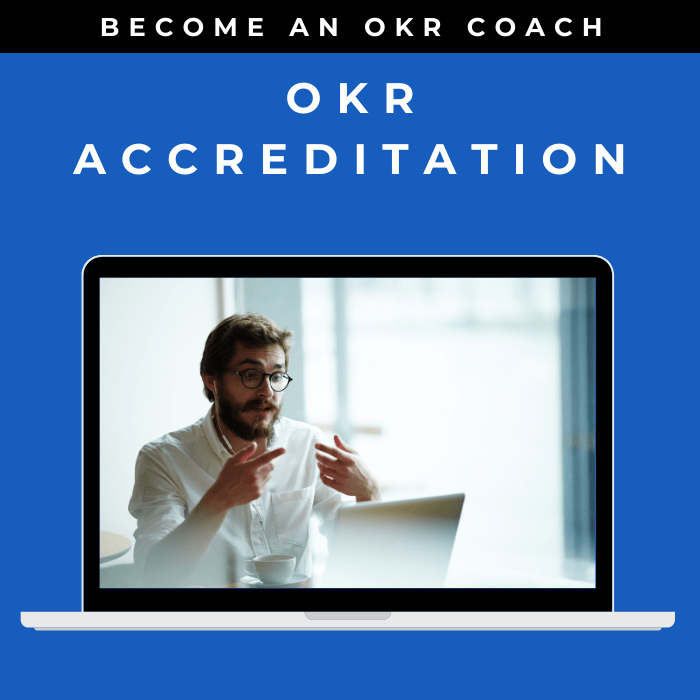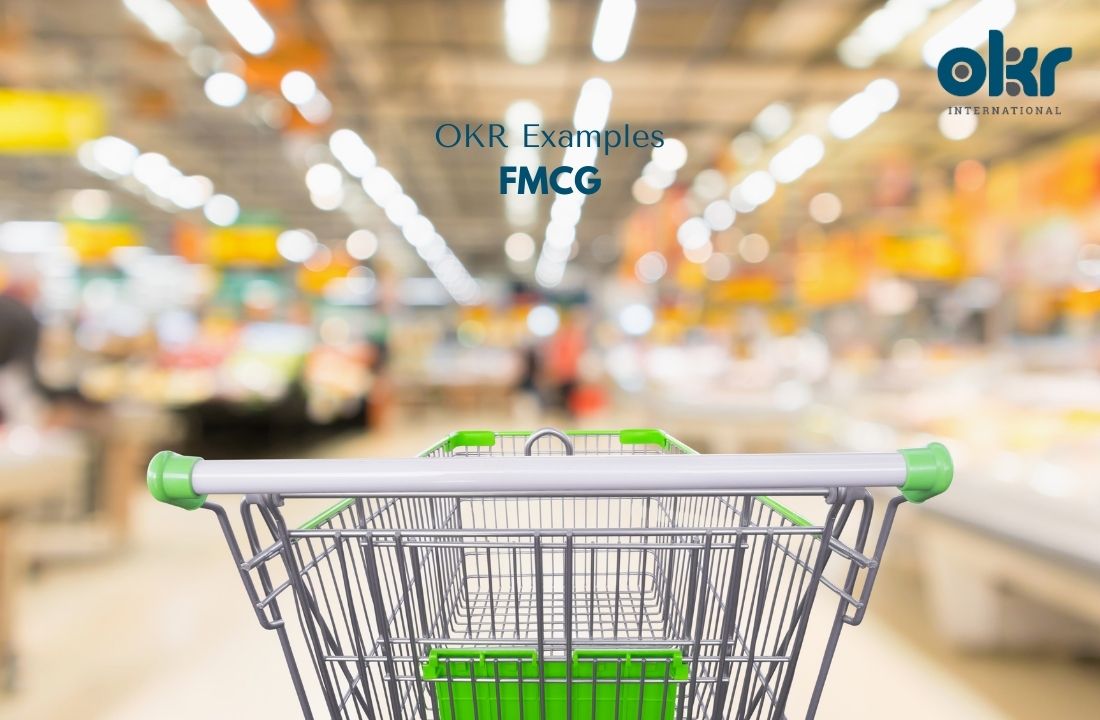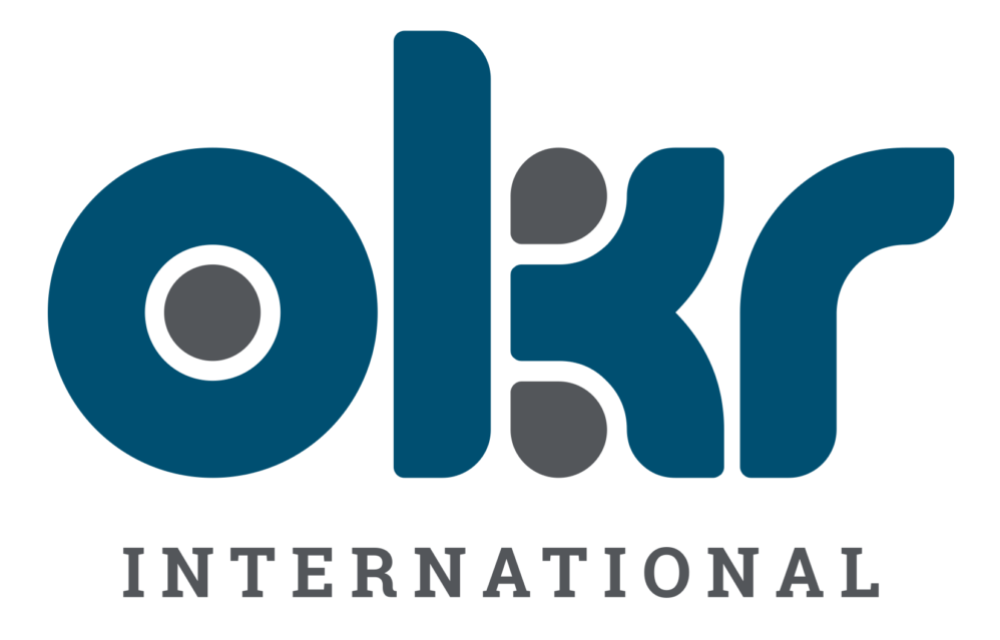10 Revolutionary OKR Examples in FMCG
The Fast-Moving Consumer Goods (FMCG) industry is highly competitive and marked by changing consumer behaviors, evolving market trends, and technological innovations. For companies in this sector, Objectives and Key Results (OKRs) can serve as a transformative framework for setting strategic goals, driving growth, and ensuring market leadership. In this article, we present ten revolutionary OKR examples in FMCG, providing valuable insight for companies aiming to outperform their competition.
1. Enhancing Supply Chain Efficiency
Objective: Improve efficiency across the supply chain to enable smoother operations.
Key Results:
- Increase real-time tracking of goods by 40% within the next six months.
- Implement advanced supply chain management systems in 80% of operations by the next quarter.
- Ensure 85% of stakeholders are satisfied with efficiency improvements within the next three months.
2. Expanding Product Portfolio
Objective: Diversify the product portfolio to meet evolving consumer demands.
Key Results:
- Launch 5 new products in the next year.
- Achieve a 70% customer satisfaction rate for new products within three months of launch.
- Increase revenue from new products by 25% in the next six months.
3. Promoting Sustainability
Objective: Integrate sustainability into production and distribution practices.
Key Results:
- Reduce carbon emissions by 15% in the next year.
- Increase the usage of eco-friendly packaging by 20% in the next 6 months.
- Achieve an 85% stakeholder satisfaction rate with sustainability initiatives in the next quarter.
4. Ensuring Regulatory Compliance
Objective: Uphold compliance with FMCG regulations and standards.
Key Results:
- Decrease non-compliance issues by 40% within the next 6 months.
- Train 100% of the team on new regulatory changes within the next quarter.
- Pass all regulatory audits in the next fiscal year.
5. Improving Customer Service
Objective: Enhance customer service to boost consumer satisfaction.
Key Results:
- Decrease customer complaints by 20% in the next year.
- Achieve a successful first-call resolution rate of 90% in the next 6 months.
- Attain a 90% customer satisfaction rate with service performance in the next quarter.
6. Strengthening Customer Relationships
Objective: Foster stronger relationships with customers through targeted marketing.
Key Results:
- Increase customer engagement scores by 20% in the next year.
- Decrease customer churn by 25% in the next 6 months.
- Achieve a 90% customer retention rate in the next quarter.
7. Expanding Market Presence
Objective: Grow market presence and reach a broader consumer base.
Key Results:
- Increase the customer base by 15% in the next year.
- Launch FMCG products in 3 new markets within the next 6 months.
- Boost brand awareness scores by 30% in the next quarter.
8. Boosting Technological Innovation
Objective: Encourage innovation in product development and operational processes.
Key Results:
- Implement two innovative FMCG technologies within the next year.
- Increase the number of innovative projects by 15% in the next 6 months.
- Achieve a 75% employee satisfaction rate with the innovation culture in the next 3 months.
9. Advancing Production Efficiency
Objective: Optimize production processes to enhance efficiency.
Key Results:
- Increase production efficiency by 25% in the next year.
- Implement advanced production systems in 70% of factories in the next 6 months.
- Achieve a 90% stakeholder satisfaction rate with production efficiency improvements in the next quarter.
10. Improving Inventory Management
Objective: Enhance inventory management for better stock utilization.
Key Results:
- Reduce stockouts and overstocks by 40% within the next 6 months.
- Implement a data-driven inventory management system in 90% of warehouses in the next quarter.
- Achieve a 90% satisfaction rate with inventory management within the next 3 months.
By implementing these OKR (Objectives and Key Results) examples, companies within the FMCG industry can refine their operations, stimulate growth, and foster innovation. These strategic objectives are crucial to navigating the challenges of this fast-paced industry, contributing to business success, and delivering exceptional customer experiences.
FAQs
1. What are revolutionary OKRs in the FMCG industry?
Revolutionary OKRs in the FMCG industry are strategic objectives and key results that drive substantial progress and spur innovation. They concentrate on areas like supply chain efficiency, product portfolio expansion, sustainability, regulatory compliance, customer service, customer relationship management, market presence, technological innovation, production efficiency, and inventory management.
2. How can revolutionary OKRs spur growth in the FMCG industry?
Revolutionary OKRs can spur growth in the FMCG industry by setting objectives related to operational enhancements, product diversification, customer satisfaction, and technological innovation. By measuring key results and instituting improvements, companies can enhance their performance, exceed customer expectations, and attain sustainable growth.
3. Why is sustainability crucial in the FMCG industry?
Sustainability is crucial in the FMCG industry to meet changing environmental regulations, customer expectations, and market demands. Revolutionary OKRs related to sustainability help companies adopt eco-friendly practices, reduce their carbon emissions, and make a positive environmental impact.
4. How can technological innovation drive success in the FMCG industry?
Technological innovation can drive success in the FMCG industry by enhancing processes, improving efficiency, and facilitating data-driven decision-making. Revolutionary OKRs related to technological innovation help companies utilize emerging technologies to drive operational efficiency and deliver innovative solutions.
5. How does improved inventory management impact the FMCG industry?
Improved inventory management impacts the FMCG industry by enhancing stock utilization, reducing costs, and improving service levels. Revolutionary OKRs related to inventory management help companies optimize stock levels, implement data-driven inventory systems, and achieve higher satisfaction rates.

When looking to set OKRs, it’s natural to want examples to ignite the thought process or simply compare yours to OKR Examples. Check out our compendium of OKR Examples here.
Explore Our Range of Services
Bring OKRs (Objectives and Key Results) to your organisation with our tried & tested OKR Framework.


OKR International’s highly acclaimed Certified OKR Practitioner Program is the first and only OKR accreditation endorsed by ICF & HRCI for continuing education units.
OKR International helps leaders create the alignment, engagement and result orientation needed for growth by offering OKR Advisory services.




